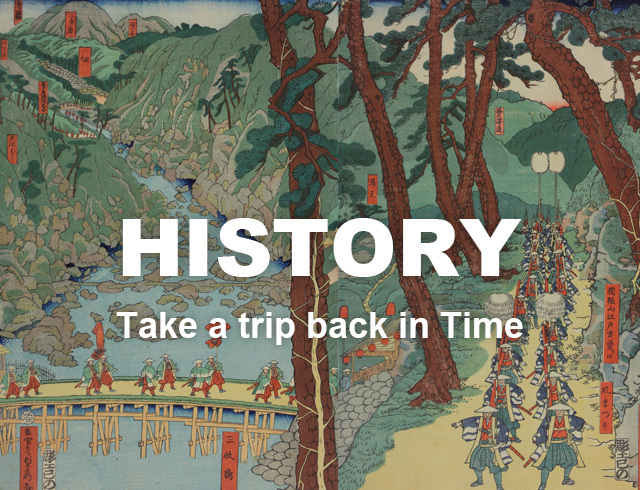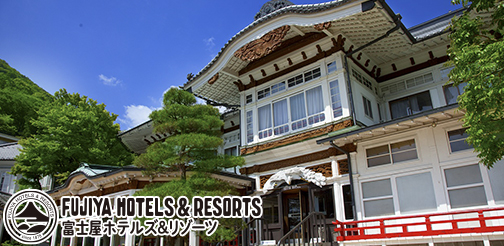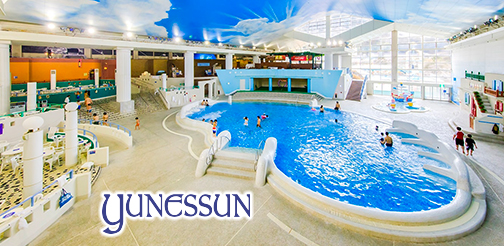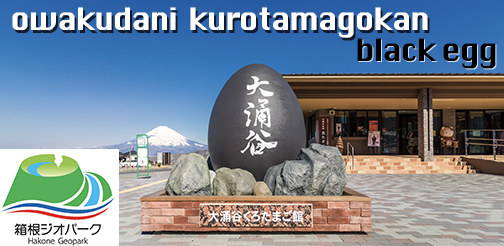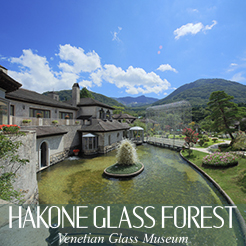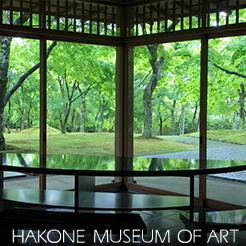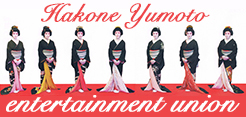Feeling a little out of luck? If you go by Japanese mythology, one potent cure for misfortune is a pilgrimage to a set of shrines and temples dedicated to the so-called Seven Lucky Gods. To give a very rough summary, these are Ebisu, the god of prosperity and commerce; Daikokuten, agriculture; Bishamonten, protection against evil; Benzaiten, beauty and the arts; Fukurokuju, wisdom and longevity; Jurojin, health and longevity; and Hotei, happiness. Each deity has its own origins—some have roots in Buddhism, others in Hinduism, and Ebisu is purely Japanese—but references to them as a group first emerged in the Muromachi period (1336–1573). The concept of an excursion composed of visits to seven holy sites, one for each god, is thus hardly novel. However, the popularity of such pilgrimages has skyrocketed in the past few decades, with new routes being set up all across Japan. Hakone joined this enterprise about 10 years ago, when the sculptor Ito Kojiro was hired to fashion new wooden likenesses of the gods for six of the seven participating shrines and temples. True believers can book a one-day bus tour for the pilgrimage; these trips are especially popular in January, when people set out to secure their luck for the rest of the year.
This English-language text was created by the Japan Tourism Agency.

